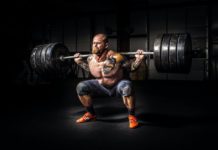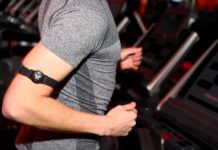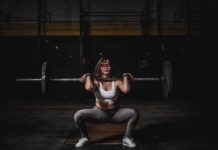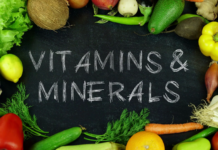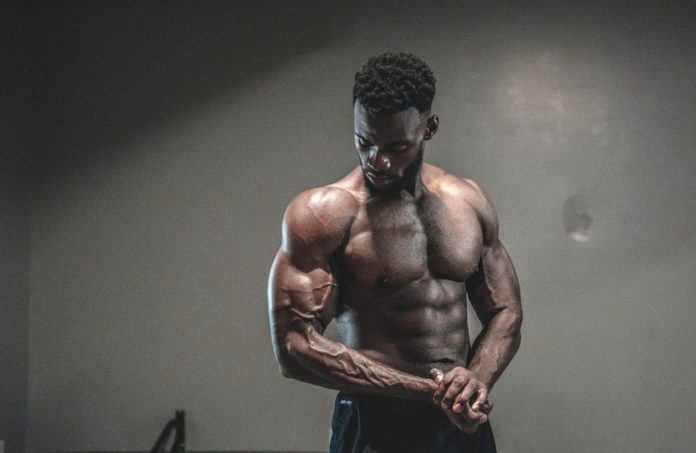After exercise taking Collagen Hydrolysate and the amino acid L-Glutamine are two of the essential supplements for achieving the fastest possible tissue repair, increased muscle mass, bone renewal and recovery. Collagen Hydrolysate has the ability to boost mental clarity, reduce inflammation, enhance the condition of your skin, and since it has a neutral taste it mixes well with shakes and after workout protein drinks.
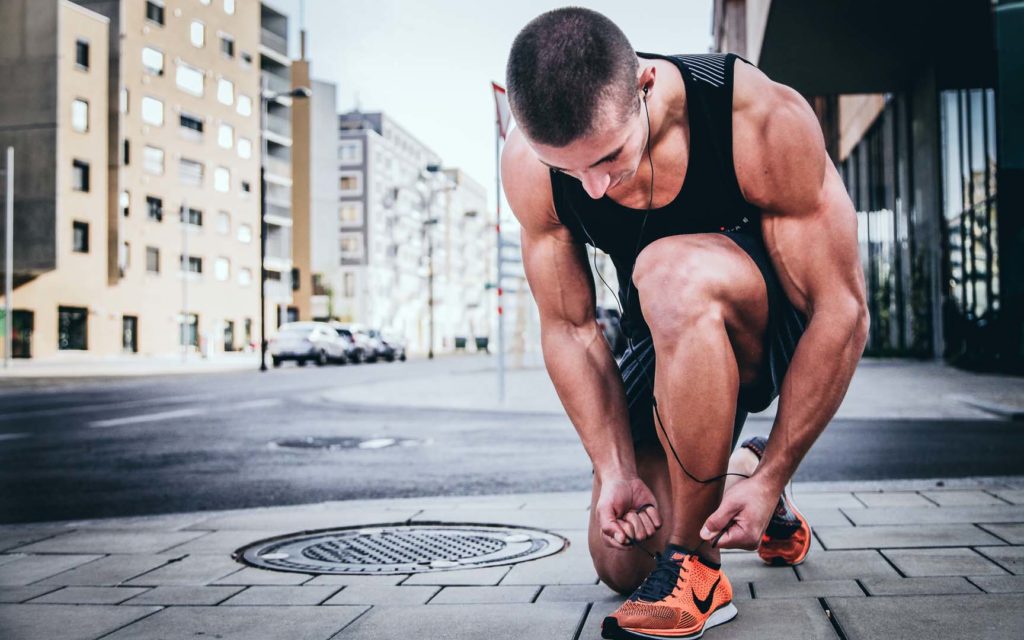
The Following Are the Benefits of Collagen Hydrolysate
- Build Muscle: Collagen Hydrolysate supports muscle building by facilitating the synthesis of creatine in the body.
- Brain Function: Collagen Hydrolysate provides glycine, a neurotransmitter involved in motor and sensory pathways as well as ATP (adenosine triphosphate) synthesis. ATP synthesis involves the transfer of electrons from the intermembrane space, through the inner membrane, back to the matrix.
- Fast Tissue Repair – Collagen Hydrolysate provides the particular proteins that ensure cohesion, elasticity and regeneration of skin, cartilage, and bone.
- Greater Flexibility and Mobility – Collagen Hydrolysate makes the main building blocks of connective tissue more bioavailable and better absorbed into joints for greater flexibility and mobility.
- Strong Bone and Joint support – Collagen Hydrolysate supports strong, heavier, denser bones and contains two building blocks of cartilage that are essential for refueling after exercise and sports.
- Revitalized Skin: Collagen Hydrolysate promotes skin hydration, reduces the number of fine lines, prevents deeper wrinkles, and maintains the suppleness of your skin from the inside-out.
- Reduce Aging: Collagen Hydrolysate replaces the necessary proteins that diminish and breakdown from aging.
- Deeper Sleep: Collagen Hydrolysate taken at bedtime deepens sleep, provides arginine to stimulate growth hormone release, and provides nutrients necessary to perform tissue repair while sleeping.

Types of Collagen and How They Affect The Body
- Type I. This type accounts for 90% of your body’s collagen and is made of densely packed fibers. It provides structure to skin, bones, tendons, fibrous cartilage, connective tissue, and teeth.
- Type II. This type is made of more loosely packed fibers and found in elastic cartilage, which cushions your joints.
- Type III. This type supports the structure of muscles, organs, and arteries.
- Type IV. This type helps with filtration and is found in the layers of your skin.
©Copyright – Hector Sectzer
